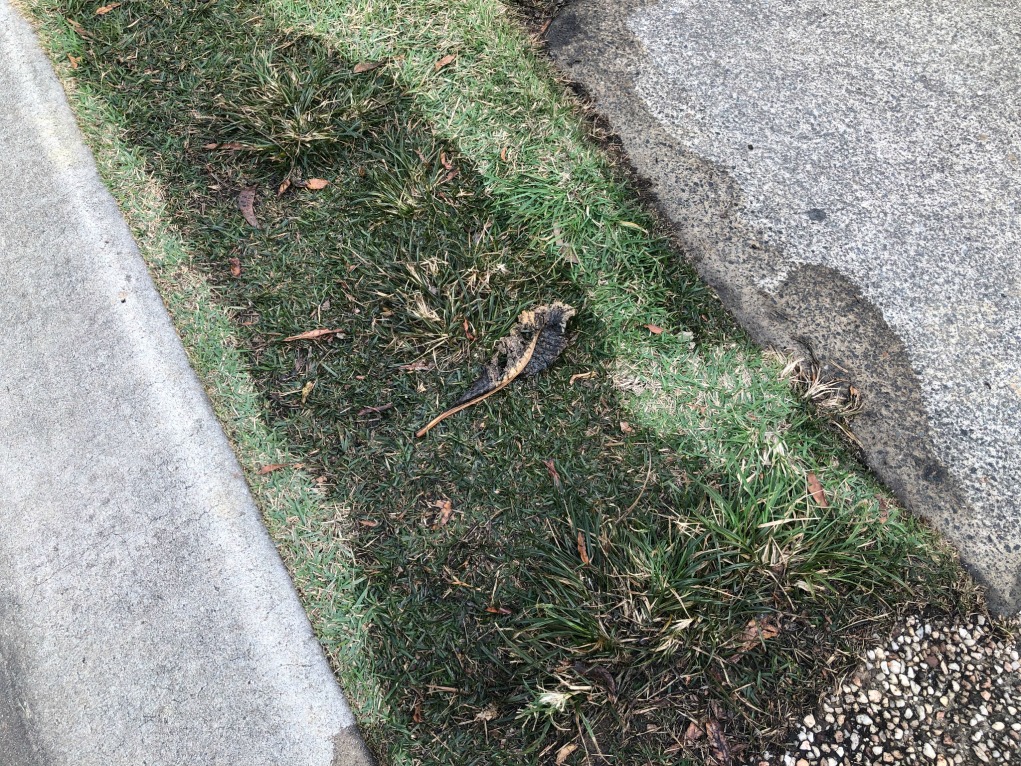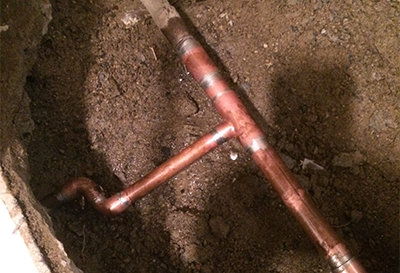Exactly how to Examine If Your Home Has a Concealed Leakage
Exactly how to Examine If Your Home Has a Concealed Leakage
Blog Article
Do you find yourself searching for resources on Detecting hidden plumbing leaks?

Early discovery of leaking water lines can alleviate a potential catastrophe. Some small water leaks might not be noticeable.
1. Examine the Water Meter
Every house has a water meter. Inspecting it is a proven way that helps you discover leakages. For beginners, turn off all the water resources. Make certain no person will purge, use the tap, shower, run the washing maker or dishwasher. From there, go to the meter and watch if it will transform. Because nobody is utilizing it, there must be no movements. That shows a fast-moving leak if it relocates. If you detect no modifications, wait an hour or 2 and also check back once more. This suggests you may have a sluggish leakage that might also be underground.
2. Check Water Consumption
Examine your water costs and also track your water consumption. As the one paying it, you need to see if there are any type of disparities. If you detect sudden changes, regardless of your intake coinciding, it means that you have leakages in your plumbing system. Bear in mind, your water expense ought to drop under the same array each month. An unexpected spike in your costs suggests a fast-moving leakage.
A consistent rise every month, even with the same behaviors, reveals you have a sluggish leak that's likewise slowly escalating. Call a plumber to completely inspect your residential or commercial property, specifically if you feel a warm location on your floor with piping beneath.
3. Do a Food Coloring Test
When it involves water usage, 30% comes from toilets. Test to see if they are running effectively. Decrease flecks of food color in the storage tank and wait 10 mins. There's a leak between the tank and also dish if the color somehow infiltrates your dish during that time without flushing.
4. Asses Exterior Lines
Do not fail to remember to check your outdoor water lines as well. Needs to water permeate out of the connection, you have a loosened rubber gasket. One small leakage can lose loads of water as well as increase your water expense.
5. Check as well as Evaluate the Situation
House owners ought to make it a routine to examine under the sink counters as well as even inside cabinets for any bad odor or mold growth. These 2 warnings indicate a leak so prompt attention is required. Doing regular inspections, even bi-annually, can conserve you from a significant trouble.
If you understand your residence is currently old, maintain a careful eye on your heaters, hose pipes, pipes etc. Check for discolorations and damaging as most appliances as well as pipes have a life expectancy. They will also naturally deteriorate as a result of tear and put on. Do not wait for it to intensify if you presume dripping water lines in your plumbing system. Call an expert plumber right now so you do not end up with a horrible mess in your house.
Early detection of leaking water lines can mitigate a prospective catastrophe. Some small water leakages may not be noticeable. Checking it is a guaranteed means that assists you discover leaks. One little leakage can waste tons of water and also spike your water expense.
If you believe dripping water lines in your plumbing system, don't wait for it to intensify.
WARNING SIGNS OF WATER LEAKAGE BEHIND THE WALL
PERSISTENT MUSTY ODORS
As water slowly drips from a leaky pipe inside the wall, flooring and sheetrock stay damp and develop an odor similar to wet cardboard. It generates a musty smell that can help you find hidden leaks.
MOLD IN UNUSUAL AREAS
Mold usually grows in wet areas like kitchens, baths and laundry rooms. If you spot the stuff on walls or baseboards in other rooms of the house, it’s a good indicator of undetected water leaks.
STAINS THAT GROW
When mold thrives around a leaky pipe, it sometimes takes hold on the inside surface of the affected wall. A growing stain on otherwise clean sheetrock is often your sign of a hidden plumbing problem.
PEELING OR BUBBLING WALLPAPER / PAINT
This clue is easy to miss in rooms that don’t get much use. When you see wallpaper separating along seams or paint bubbling or flaking off the wall, blame sheetrock that stays wet because of an undetected leak.
BUCKLED CEILINGS AND STAINED FLOORS
If ceilings or floors in bathrooms, kitchens or laundry areas develop structural problems, don’t rule out constant damp inside the walls. Wet sheetrock can affect adjacent framing, flooring and ceilings.
https://www.servicemasterbyzaba.com/blog/how-to-detect-water-leakage-in-walls/

Do you like reading about Hacks to detect leaks? Give feedback directly below. We will be glad to listen to your suggestions about this write up. We hope to see you back again soon. Appreciated our piece of writing? Please share it. Help other people check it out. I value reading our article about Locating water leaks.
Report this page